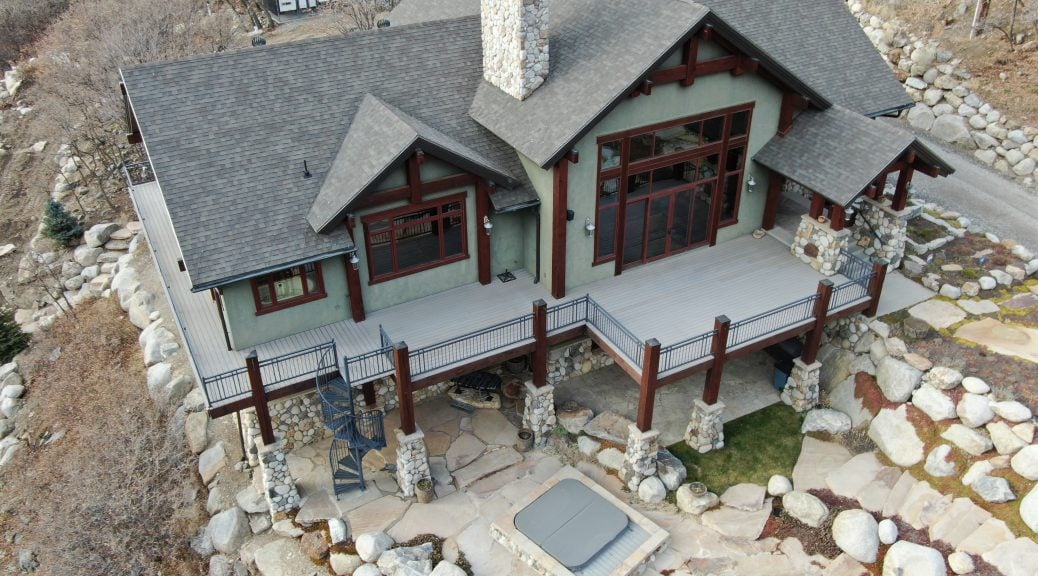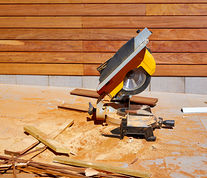When you are considering building an ipe decking at your home, you really should consider different evaluating different designs and configurations.
The reality is that as time passes, we just keep seeing new and modern ipe deckings that are becoming even more beautiful. Many home owners are definitely taking the time and making a strong effort to make their ipe deckings stand out from the crowd. And the truth is that most of them are really succeeding.
One of the ideas that we have been seeing that has been increasing in popularity includes having your ipe deck built as a part of a garden or a pond. For example, you can build a bridge in your backyard area that goes over a garden or a pond. We bet that you are already imagining having something like this at your own home. After all, if you’re one of those people who likes to see renovation programs on television, you probably already had the opportunity to see something similar. And we must say that it really stands out. It’s just a luxury to have such an ipe decking at your home and where you can enjoy life with your family and friends.
You probably noticed that we haven’t been mentioning any kind of decking up until now. We have been always referring to the decking as the ipe decking. And this is meant to be this way because, in this kind of decoration, you can be sure that the ipe wood is definitely the best material you can use.
When it concerns to the looks, we need to be honest here. Ipe deckings are the best option that you have because they will be beautiful not only now, when you build it. as well as in the long-term. After all, we are talking about a durable kind of wood. Plus, depending on the weather on the area where you live, you always have the option to apply a deck finishing such as the Ipe Oil.
However, as you know, it’s not only a question of looks. When you are building a deck with a garden or pond, you need to make sure that you also look at the function, meaning the qualities of the material that you choose. And in case you choose to go with an ipe decking, you need to know that this is the more resilient wood to termites, decay, and mold. But that’s not all. The ipe wood includes some natural oils and also has a tight grain. This ensures that it has all the natural defenses it needs to deal with most decking problems.


 Some builders have heard about Ipe but are afraid to dive into using it because the wood is very dense. The common misconception is that it is hard to work with, because of this density. However if you are using the right blades and bits Ipe can be very easy to use on your next project. Of all the hardwoods used for decking, Ipe is regarded by most as the longest lasting and nicest wood available in the United States.
Some builders have heard about Ipe but are afraid to dive into using it because the wood is very dense. The common misconception is that it is hard to work with, because of this density. However if you are using the right blades and bits Ipe can be very easy to use on your next project. Of all the hardwoods used for decking, Ipe is regarded by most as the longest lasting and nicest wood available in the United States.